Deck & Commander Strategies
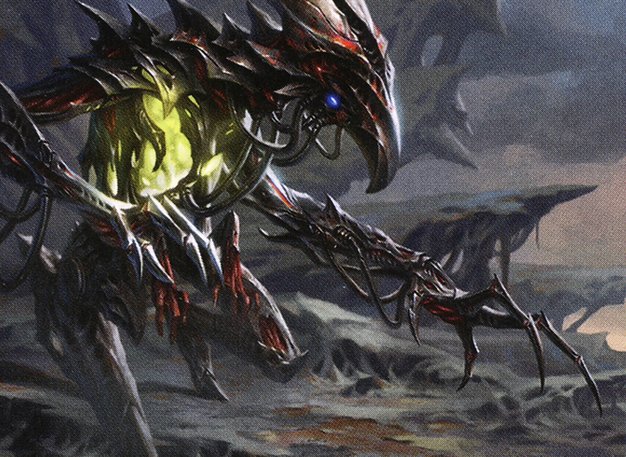
Brudiclad, Telchor Engineer
Generate numerous tokens and then use Brudiclad's ability to transform all tokens into copies of a powerful creature token, creating a massive army to overwhelm opponents.
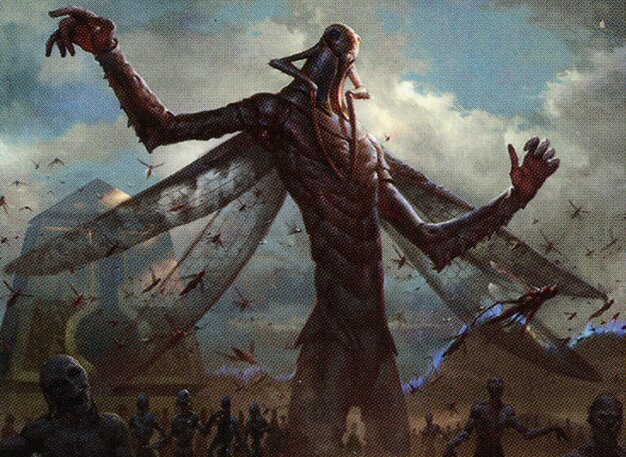
The Locust God
Control the board with counterspells and removal while generating insect tokens and drawing cards through The Locust God's ability, eventually leveraging combos or overwhelming with token swarms.

Yarok, the Desecrated
Maximize enter-the-battlefield and landfall triggers to gain incremental advantage, using powerful ETB creatures and ramp to outvalue opponents and maintain board presence.

Zacama, Primal Calamity
Ramp aggressively to cast the high-cost Zacama commander early and use its activated abilities to destroy artifacts, enchantments, and creatures to control the board and survive to late game.
Gameplay Insights
- 1
Brudiclad's token copying strategy was disrupted by timely counterspells and removal, highlighting the vulnerability of token-based decks to interaction.
- 2
The Locust God player effectively used counterspells like Arcane Denial and removal to protect key pieces and maintain control over the game flow.
- 3
Yarok's utilization of powerful ETB creatures and landfall synergies allowed sustained board development and card advantage, forcing opponents to respond.
- 4
Zacama's ramp allowed the player to cast a high-impact commander early and use its destructive abilities to remove major threats, influencing board state significantly.
- 5
The interaction between Pongify and Zacama's ability demonstrated how creature removal can be countered by triggered destruction, emphasizing the importance of timing in removal spells.
- 6
Multiple players employed clever blocking and combat decisions to minimize damage and maximize board presence, showing a deep understanding of tactical combat in multiplayer EDH.
Notable Cards
-

Brudiclad, Telchor Engineer
-

The Locust God
-
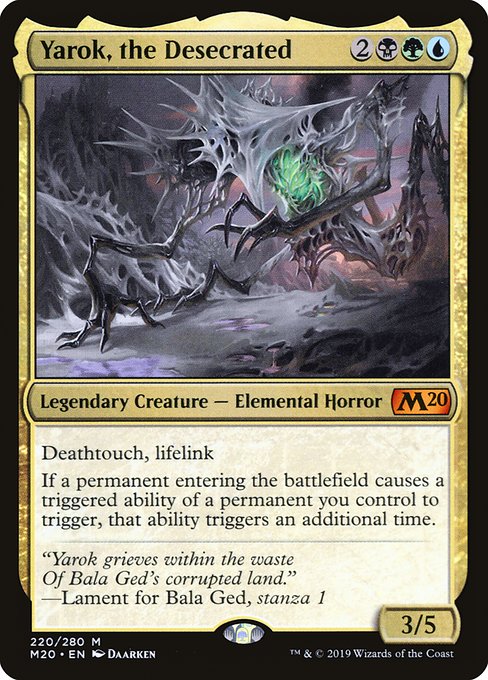
Yarok, the Desecrated
-

Zacama, Primal Calamity
-
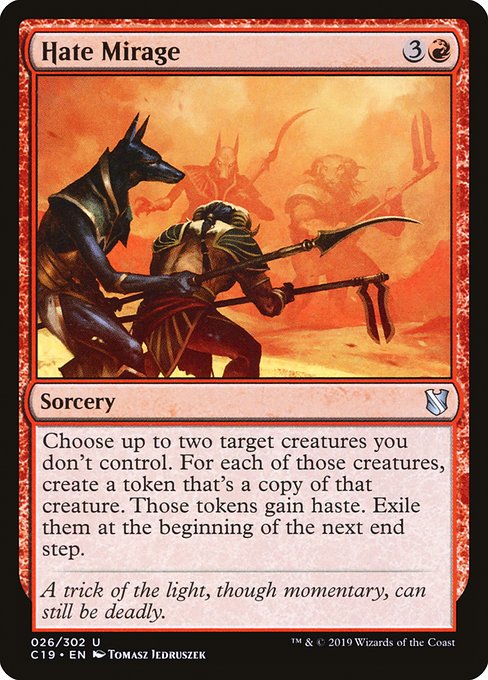
Hate Mirage
-
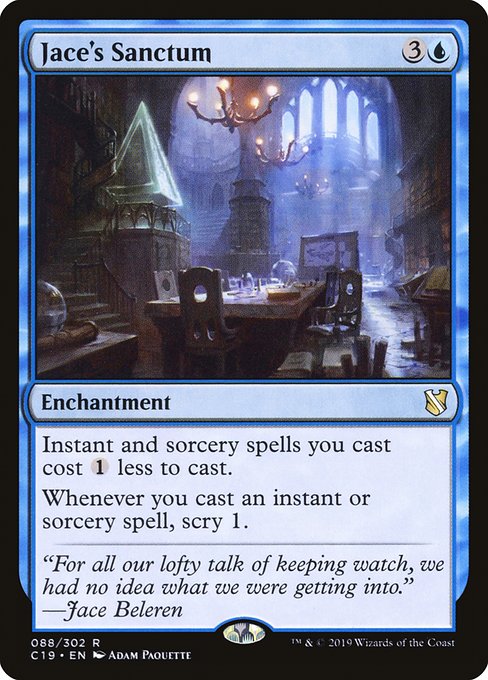
Jace's Sanctum
-
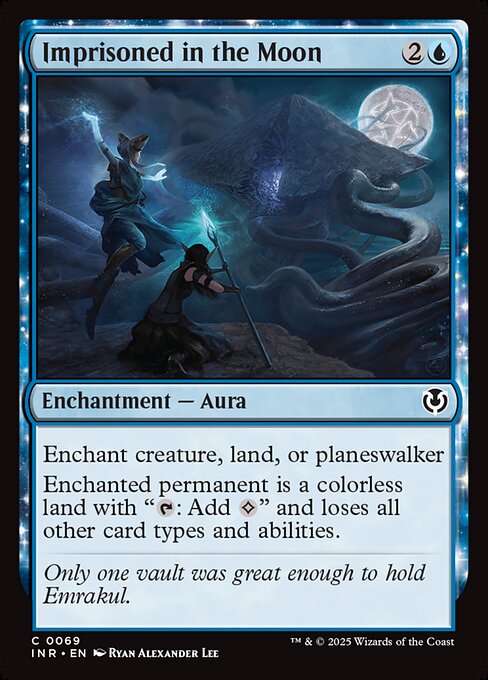
Imprisoned in the Moon
-
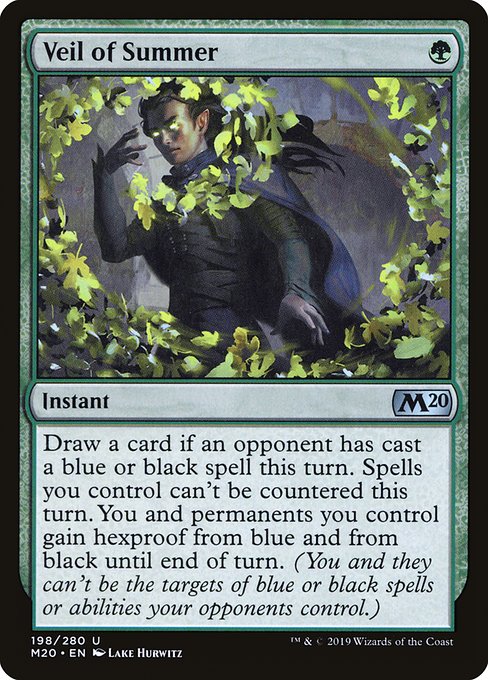
Veil of Summer
-
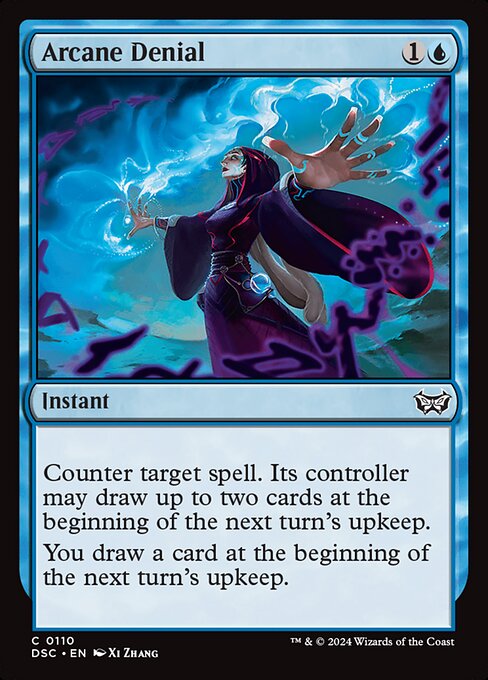
Arcane Denial
-

Pongify
-

Siege-Gang Commander
-
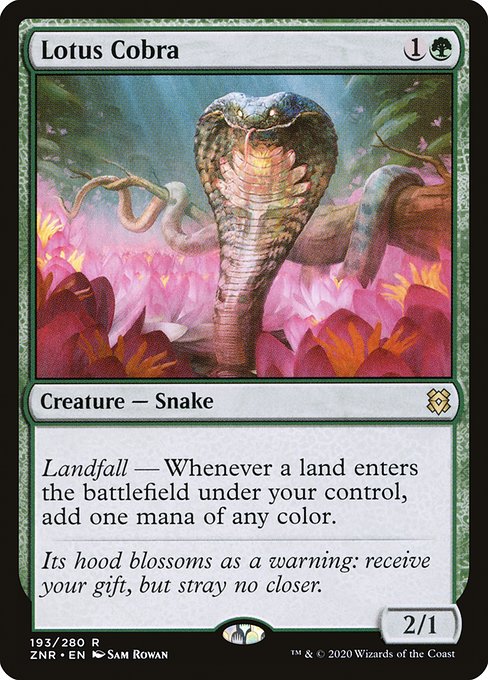
Lotus Cobra
-
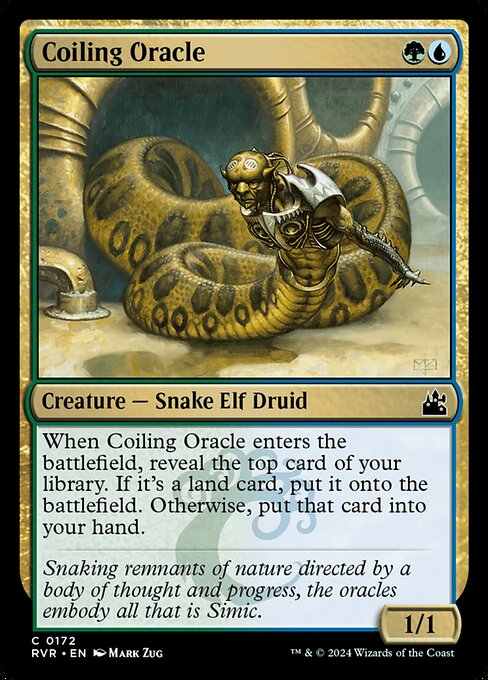
Coiling Oracle
-
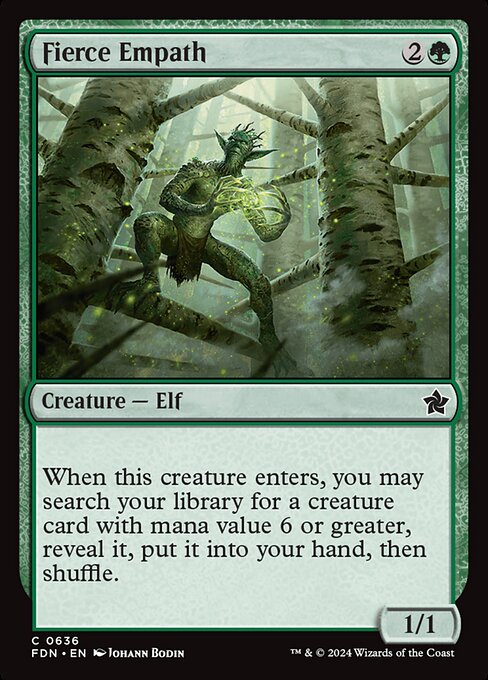
Fierce Empath
-
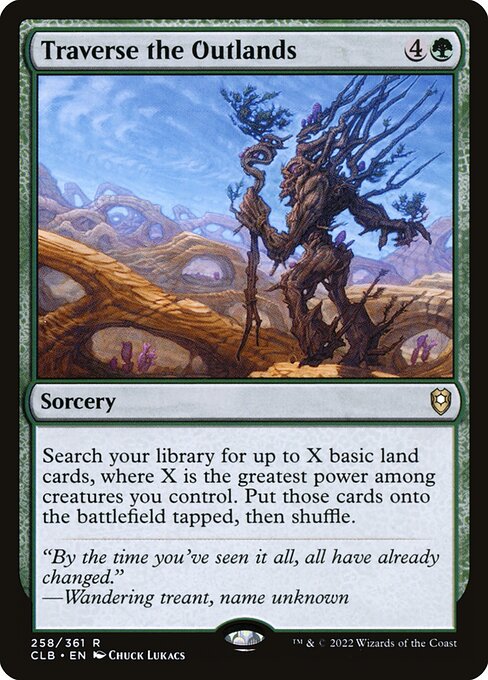
Traverse the Outlands
-
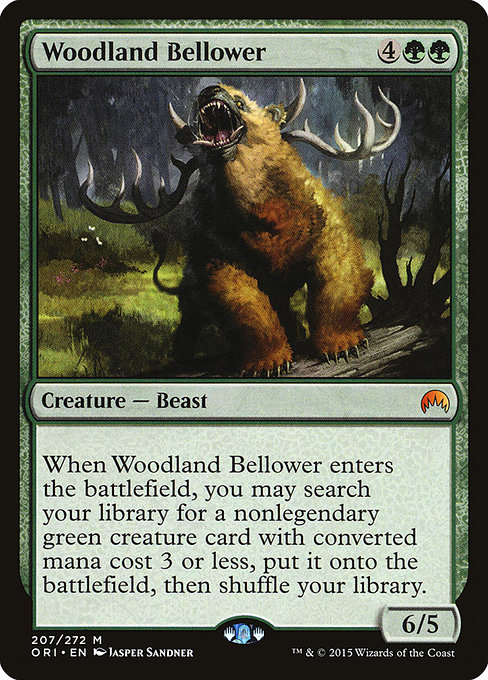
Woodland Bellower
-
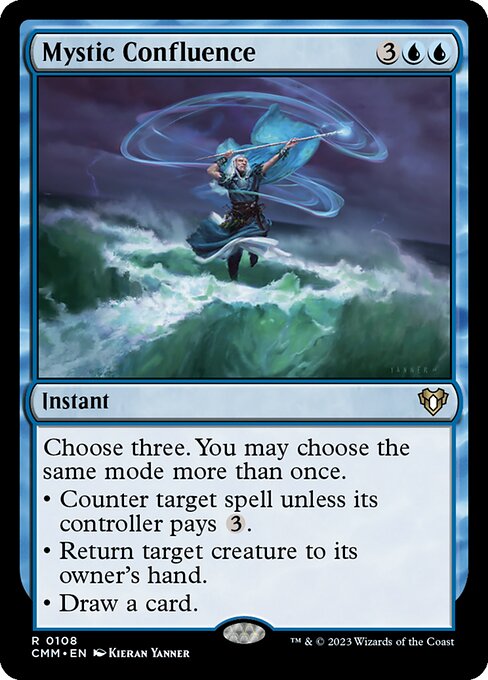
Mystic Confluence
Gameplay Summary
The game unfolded with four distinct decks leveraging their unique strategies.
Brudiclad, Telchor Engineer focused on generating massive token armies and then transforming them into copies of powerful creatures, resulting in formidable attacking forces.
The Locust God deck employed control elements, counterspells, and card draw to maintain board presence and resource advantage, while also threatening with a token-swarming commander.
Yarok, the Desecrated capitalized on high-value enter-the-battlefield effects and landfall synergies to outvalue opponents and maintain tempo.
Zacama, Primal Calamity ramped aggressively, leveraging its massive mana base to cast its high-cost commander and disrupt opponent's boards with powerful activated abilities. Early game saw a lot of ramp and board development, with Brudiclad creating goblin tokens and attempting to copy opponents' creatures, though this was met with counterspells and removal.
The Locust God player exerted control with counterspells and removal to keep early threats in check.
Yarok's player developed a solid landfall and ETB package, ramping into threats like Lotus Cobra and Coiling Oracle.
Zacama's player quickly ramped into playing the commander and used its abilities to destroy key threats such as Brudiclad and Jace's Sanctum.
Key turning points included the destruction of Zacama by a Pongify effect, which was countered by Zacama's ability to destroy creatures and enchantments, and the Locust God's player searching out Mystic Confluence for versatile responses.
The game revolved around managing board states, with heavy interaction and removal preventing any single player from dominating early, setting the stage for a complex midgame.













![Commander VS S16E9: Rakdos VS Padeem VS Zacama VS Golos [EDH] thumbnail](https://i.ytimg.com/vi/dZvTs47Y-pk/sddefault.jpg)





![Zacama vs Lord Windgrace vs Kalamax vs Nicol Bolas [EDH Gameplay] 2020 thumbnail](https://i.ytimg.com/vi/gxW36IDCHOg/sddefault.jpg)
![Atla Palani vs Zacama vs Nekusar vs Nicol Bolas [EDH Gameplay] 2020 thumbnail](https://i.ytimg.com/vi/LPKjyt_EYrM/sddefault.jpg)
![Mangara vs Gavi vs Zacama vs Edgar Markov [EDH/Commander, Magic The Gathering] MTG Gameplay 2020 thumbnail](https://i.ytimg.com/vi/ph4NFSc2VdM/sddefault.jpg)



![Planechase Party [Commander VS 304] | Magic: the Gathering Commander Gameplay thumbnail](https://i.ytimg.com/vi/CkGLzCD115Q/sddefault.jpg)




![Commander VS S14E4: Hallar VS Kambal VS Brudiclad VS Ob Nixilis [EDH] thumbnail](https://i.ytimg.com/vi/jRld6Avk_R0/sddefault.jpg)


![Commander VS S16E7: The Locust God VS Horde of Notions VS Tatyova VS Balan [EDH] thumbnail](https://i.ytimg.com/vi/yqrnU70Qx6I/sddefault.jpg)





